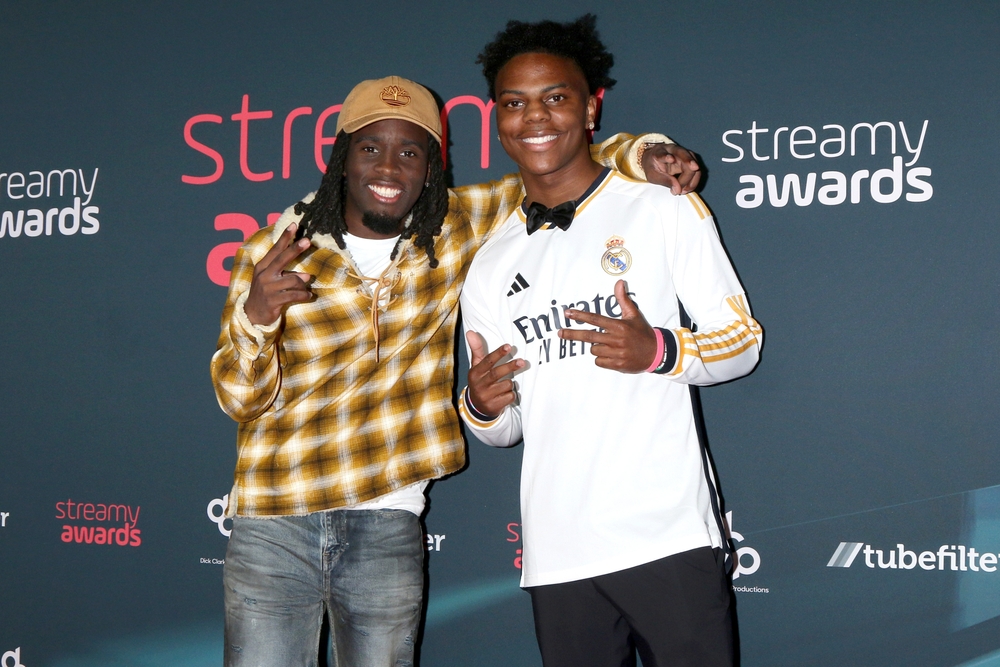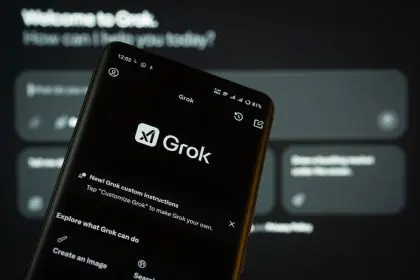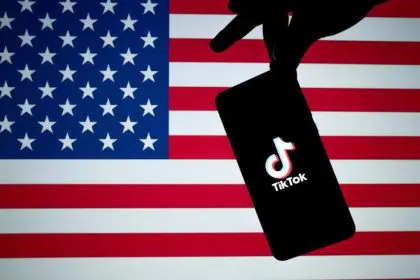In recent months, a heated debate has emerged among internet personalities regarding the challenges of livestreaming compared to traditional 9-to-5 jobs. Notable figures like FaZe Lacy and Roblox streamer Yusuf7n have been at the forefront of this discussion, shedding light on the complexities of being a content creator in the digital age.
The reality of livestreaming
While the allure of working from home in comfortable attire is enticing, the reality of livestreaming is far from easy. Streamers are often required to be on camera for extended periods, facing an unending stream of comments and interactions that can take a toll on mental health. The pressure to create viral moments and attract subscribers is relentless — and during events like subathons, there’s no option to clock out.
The potential for success
Despite these challenges, the potential rewards for successful streamers are immense. The landscape of livestreaming is evolving, with opportunities to engage millions of fans and secure lucrative deals. Platforms like Instagram, Kick, Rumble, Twitch, TikTok and YouTube have transformed livestreaming into a viable career path, making streamers the modern-day A-list celebrities for Gen Z and Gen Alpha audiences.
Dreams of becoming a streamer
According to a 2019 survey by LEGO and Harris Polls, one in three children aged eight to 12 aspires to become a vlogger or YouTuber. This statistic highlights the growing influence of digital content creators on younger generations, who view streaming as an exciting and attainable career.
What makes a great streamer?
However, the path to becoming a successful streamer is not as straightforward as it may seem. With countless individuals vying for attention in the crowded streaming space, what distinguishes the “alright” streamers from the “almighty” ones?
- Influence: The impact of their social media presence.
- Frequency: How often they appear on people’s timelines.
- Content Quality: The overall quality and creativity of their streams.
- Relevance: Their significance within the livestreaming community.
The landscape of livestreaming is dynamic, and the best streamers are those who can adapt, innovate, and engage their audience effectively.
While livestreaming may offer flexibility and the potential for fame, it is not without its challenges. The debate over whether it is harder than a traditional job continues, but one thing is clear: the world of livestreaming is here to stay — and it is shaping the future of entertainment.















